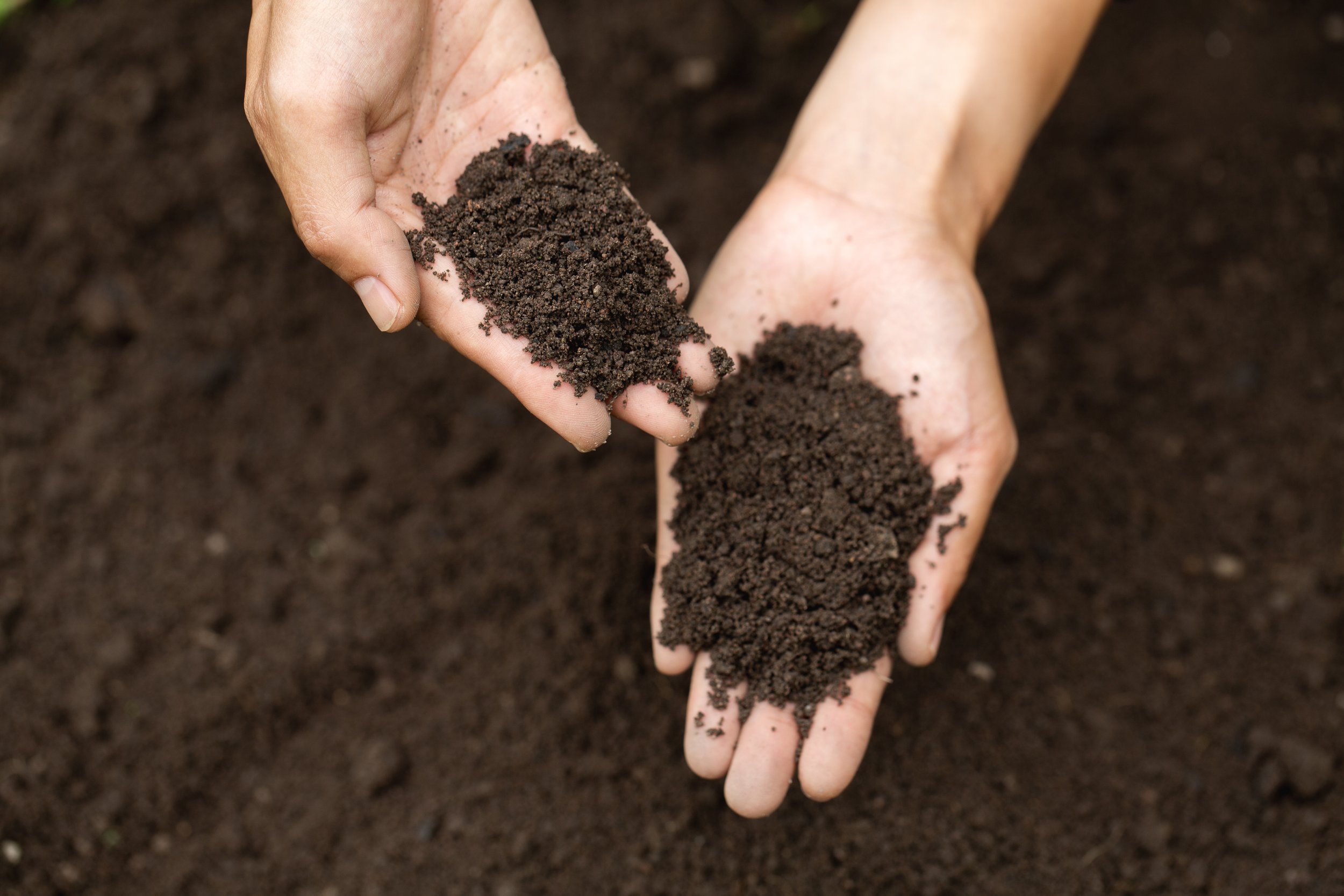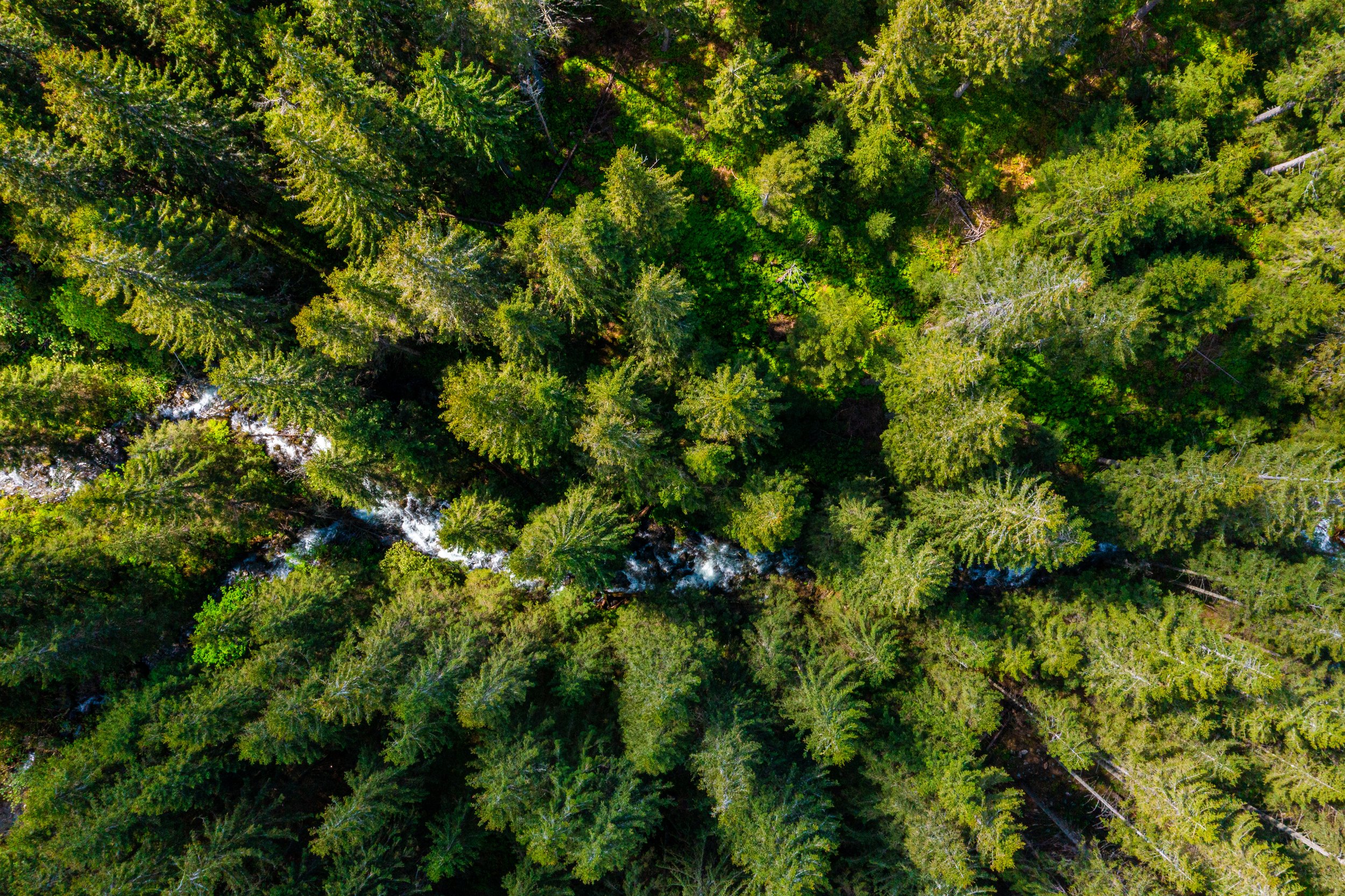Landscaping FAQs for Edmonton Homeowners

Final Grading
As a new homeowner in Edmonton, you’re eager to enjoy your outdoor space, but proper final grading is essential first. This process shapes and levels your soil to ensure drainage and prevent water damage—a must for passing city inspections.
At Landscape Specialists Ltd., we bring years of experience to final grading for Edmonton homes, ensuring your yard meets city standards and passes inspection with ease.
Here's how we can help:
Customized Grading Plans: We'll work with you to design a custom grading plan that takes into account your home's unique needs, lot size, and surrounding landscape. Some homeowners just want the basic requirements which is totally fine as well, but forget that with taking into account the drainage after they install their decks, patios, planters, fencing, etc. So it is wise to consult with Landscape Specialists Ltd. to ensure your grading will work not only now, but in the future as well.
Proper Drainage: We'll ensure that your yard is properly graded to direct water away from your home's foundation and prevent potential water damage. This is mandatory by the City of Edmonton and will not pass without their inspection.
Expert Workmanship: Our team of experienced professionals is dedicated to providing expert workmanship and attention to detail. We use high-quality equipment and materials to ensure that your yard is properly graded to the required standards.
Guaranteed Passed Certificate: We are confident in the quality of our work and stand behind it with a guarantee that your final grading inspection will pass.
At Landscape Specialists Ltd., we understand that the final grading process can be overwhelming, especially for new homeowners. That's why we make the process as easy as possible. We'll work closely with you to ensure that your yard is properly graded and that you receive your passed certificate.
What is the process to achieve grading certification in Edmonton?
Get a Grading Permit: After your builder approves your Rough Grade plan, obtain an updated Rough Grade Plot Plan.
Start Grading: Hire us to stake your lot, add topsoil, and verify elevations per your approved plan.
Final Inspection: A third-party Engineer surveyor updates your plan, then the City of Edmonton inspects (included in our estimate).
Certification: Pass inspection, and you’re certified for landscaping or construction.
Note: Failed inspections mean extra fees—our guaranteed pass saves you hassle and at our expense not yours.

Sod Maintenance
WATERING: FIRST 2 WEEKS ARE VERY CRUCIAL FOR THE SURVIVAL OF YOUR NEWLY LAID SOD.
Each area of sod should be watered with a sprinkler for water consistency for about 30-45 minutes. (DO NOT WATER BY HAND)
Water to the point where the soil is soft enough when stepped on. This way it validates that you watered all the way through to the soil.
Water everyday (morning and evening) for the first 7 days (longer depending on how hot it is), then for the second week, cut back to every 2nd day. Owner discretion is needed as some areas dry faster than others based on site location & weather conditions.
Try to avoid watering during the day as the sun magnifies the water which will burn/dry up the sod. (applies to plants as well)
Try your very best to AVOID stepping on your new sod as you will leave imprints that will disrupt the consistency/drainage of your lot.
Cutting: First lawn cut should be when the sod blades are about 6” long. DO NOT cut lower/shorter than 3” for the first cut as it will dry up the sod faster. There is nothing wrong with cutting your grass short, just requires additional water if the area is exposed to a lot of sunlight.
Fertilizer: Early fall is when we recommend to fertilize your lawn with a good soak right after.
*NOTE: If you see mushrooms growing on your grass, the area is overwatered or not drying up fast enough due to the shaded location. THIS DOES NOT mean you have bad grass; remove the mushrooms by hand and waterless or skip a day or two in that area when watering.

Tree, Shrub, Perennial
Maintenance
Watering: Landscape Specialists Ltd. always waters the plants when installed. This ensures the survival of the first day.
Do not water your plants with the sprinkler system that you use to water your sod (results in over watering)
Trees: Water by hand at the base of the tree and I suggest to count to 15.
Shrubs & Perennials: Water by hand at the base of the shrub and I suggest to count to 10.
If you have rocks in your planting beds, you would have to water more often as the heat from the rocks will dry up the plants faster versus mulch (absorbs water and cools plants).
Note: Most homeowners over water their plants because symptoms look similar to not watering enough. If the leaves dry up and turn yellow, and you cannot decide if you need to water or not. Dig 4-6” (inches) deep by the base of the plan and see if the soil is wet/moist. If the soil is really wet, STOP watering as you are suffocating the roots (over watering).
Typically it is normal to see falling leaves or yellow leaves when trees are first planted, could even last a full season. That is most likely transplant shock.
